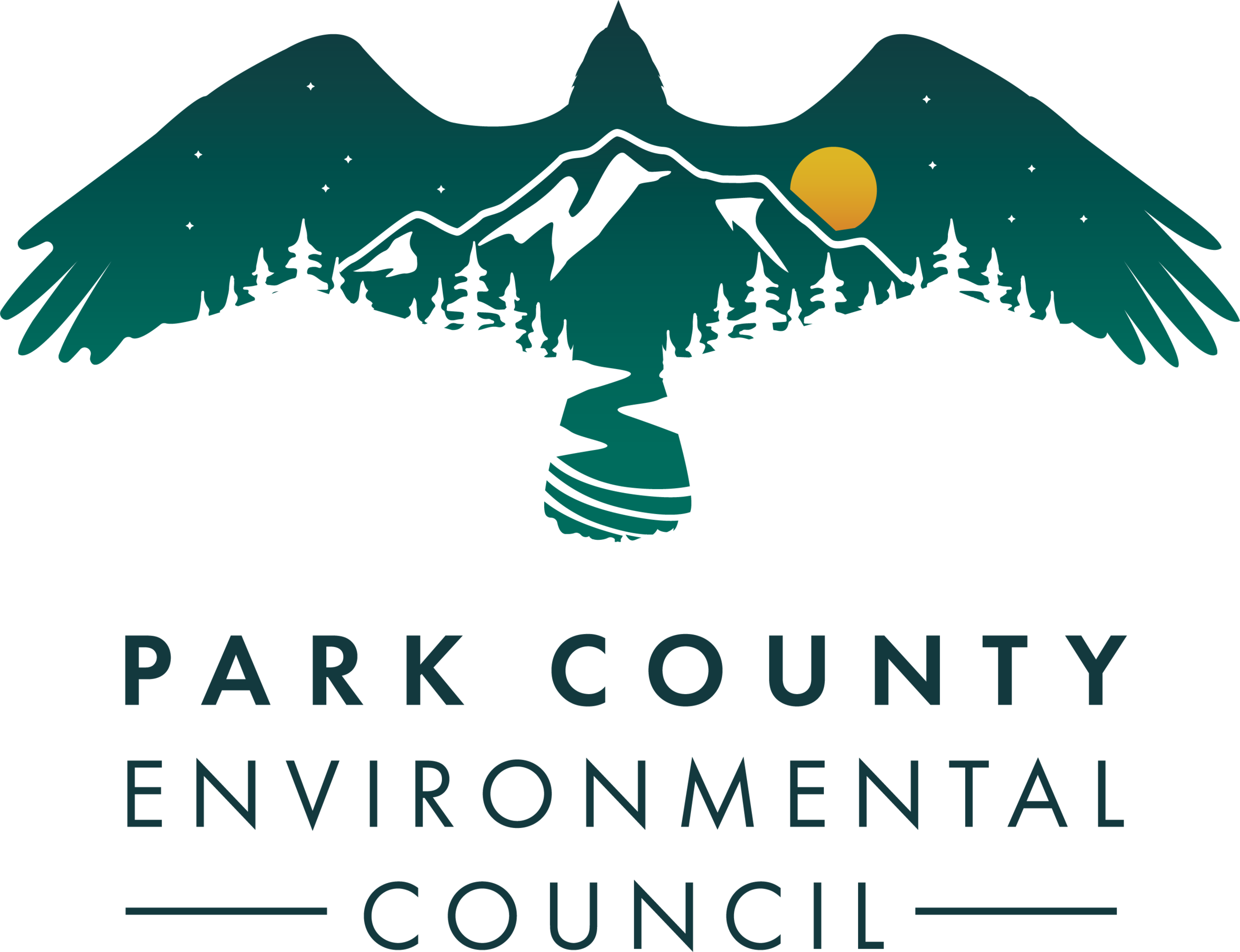TAKE ACTION: Weigh in on where/how you want Livingston to grow
On Tuesday, June 16th, the city hosted two public meetings on the status of Livingston’s Growth Policy process. Thanks to everyone who was able to attend and provide comments and questions. For those who did not attend, here is an update and how to get involved. (Please note, the city planned to record the meeting but was unable to do so because of technical difficulties. You can download slides from the presentation here.)
Work on the Growth Policy has continued despite the pandemic, and we expect an official Community Profile prepared by the consultant, Burton Planning Services, available online sometime next week. The Profile provides a pre-pandemic/COVID community snapshot defined by baseline data and important facts. It includes, amongst others, population, employment, housing costs, natural resources, transportation, and local services and facilities (such as waste management) that inform our steps going forward.
The City Planning Board expects to see a complete draft Growth Policy sometime this summer, kicking off the public-input process on the document. We will keep you posted and informed on these important meeting dates and times.
Meanwhile, the city is asking for your opinion “about development in the extra-territorial jurisdiction,” i.e., land outside Livingston city limits where the city could eventually grow. The survey is open until 7 p.m. on Wednesday, July 8th.
Take the Extra-Territorial Growth Survey
So where and how should the city grow?
A couple of things we feel are important to consider regarding growth:
Sprawl: Sprawl is an unfortunate consequence of unchecked growth. It is defined as “the rapid expansion of the geographic extent of cities and towns, often characterized by low-density residential housing, single-use zoning, and increased reliance on the private automobile for transportation.” Sprawl is familiar because we see it in so many of our communities. Its effects can be seen in our physical health, the psychological impacts of isolation, the negative consequence on wildlife and migration patterns, as well as our city budgets and property taxes. Residential sprawl can lead to walking less, driving more and generally adding more pavement and costly infrastructure extension like sewer and water lines. Before contemplating growth outside Livingston city limits, we should take time to think about what kind of growth makes the most sense for our community and whether there are other, more efficient ways for the city to grow, thus limiting the negative effects of sprawl and enhancing/elevating the qualities that are important to us.
Infill: Development that takes advantage of current infrastructure and potentially consumes less land is called infill development. Infill development, increasing the number of homes within city limits, can help utilize land more efficiently; utilizing existing sewer and water lines, roads, sideparks, parks, schools, and police/fire services all in a more cost-effective manner. Infill includes things like vertical growth, redevelopment projects like adding stories to buildings, upgrading underutilized buildings and spaces, and commitments to concepts like accessory dwelling units (ADU’s).
As we consider growing outside Livingston city limits, we should think about growth priorities: like location and access to facilities, how we want to move (and our kids to move) around our city, taking care not to underextend our police/fire/schools and taking care not to overextend our financial means.
We must also consider Livingston’s unique social and economic circumstance. Our community needs accessible and affordable housing. This means residents need accessible and affordable access to city facilities and services, namely, schools, post office, recreational activities, library, and waste/recycling and let us not forget access to open and natural spaces, economic/entertainment hubs, grocery stores, employment opportunities, medical services, friends and family, and active transportation networks. Too often, low and middle-income families are marginalized outside of the more "desirable" areas. How can we best utilize existing infrastructure to benefit and include more community members?
Livingston has some great examples of redevelopment: converting the old Livingston Memorial Hospital into apartment units, low-income dwellings in the Miles Building, small businesses and nonprofits in the old Lincoln School, and the Shane Lalani Center. It is encouraging to think about other opportunities for some of the city’s historic structures.
Your voice needs to be heard, to shape Livingston’s future, and define the endless possibilities of how and where we grow!
Let the city know what you think, please take the survey using the link above.
Upcoming Railroad Crossing Meetings: Additionally, please consider attending one of the city meetings discussing a taxpayer-funded Railroad Crossing Project (see schedule below). City Manager Michael Kardoes is expected to present options and your feedback on those options is important.
Thursday, June 18, 5-7 p.m. at the North Side Park Fieldhouse
Thursday, June 25, 5-7 p.m. at the City/County Complex’s Community Room
Thursday, July 9, 5-7 p.m. at the Livingston Civic Center
If you would like to attend, RSVP by calling 406-823-6002 or emailing the city at fkinnick@livingstonmontana.org
Virtual participation is also encouraged. The meetings will be streamed live on Facebook at https://www.facebook.com/windycitymt/.

